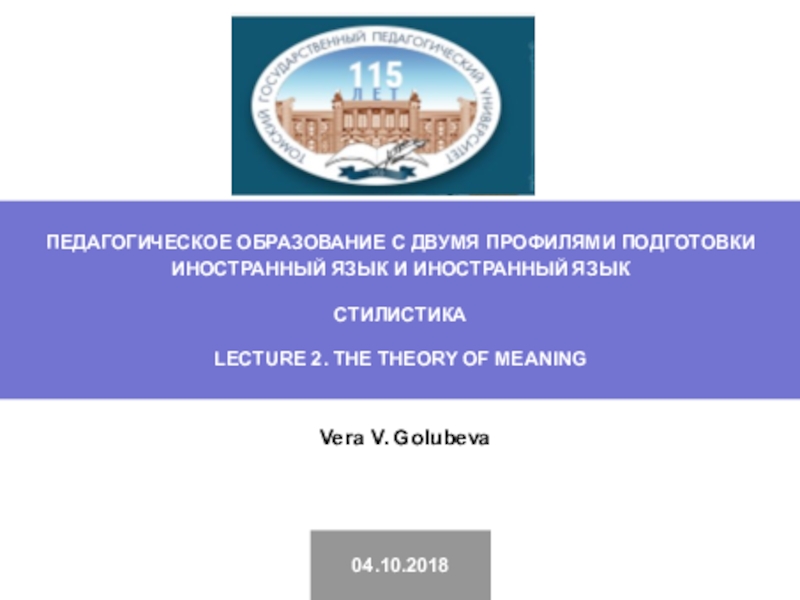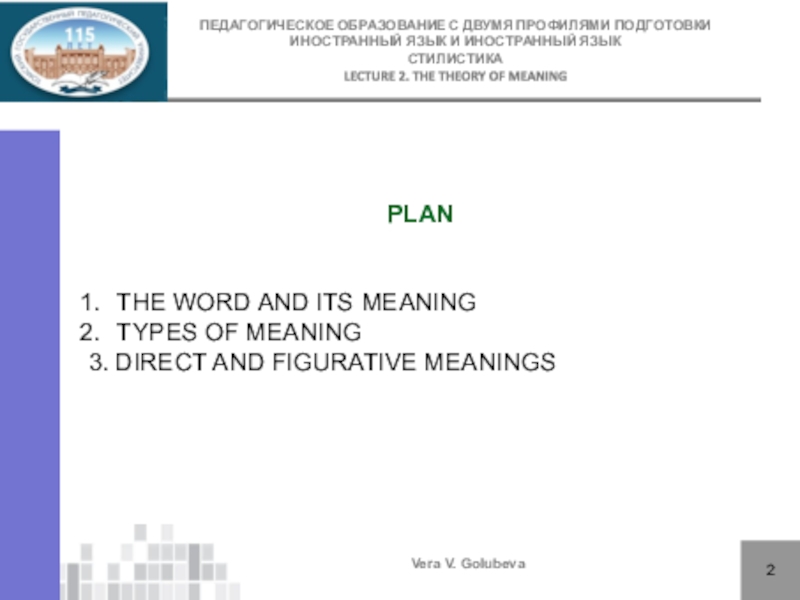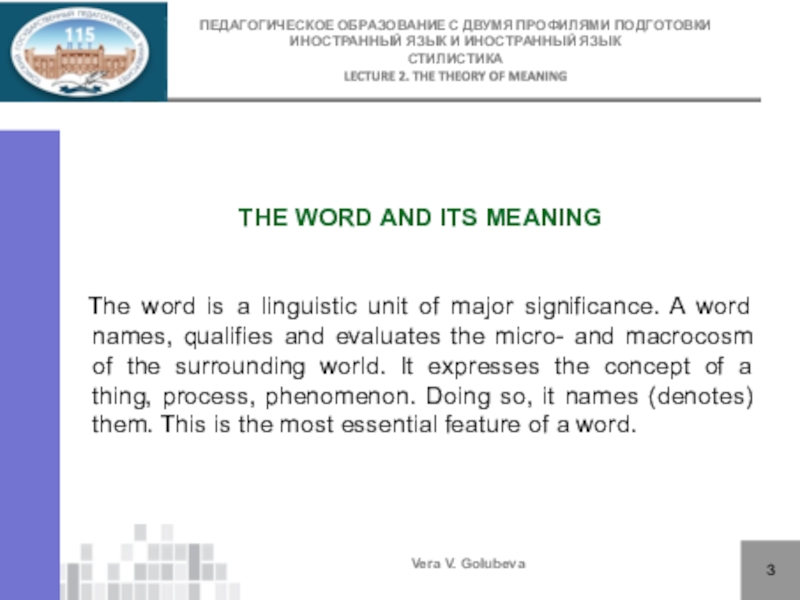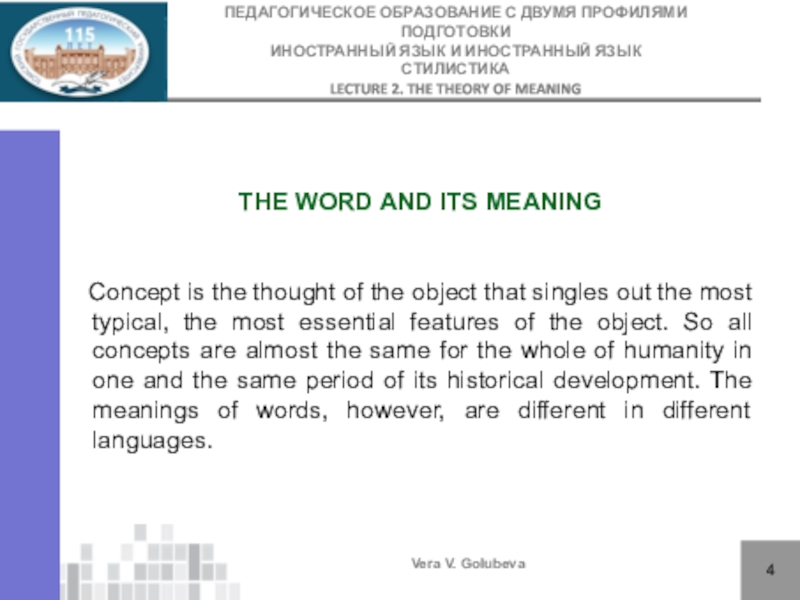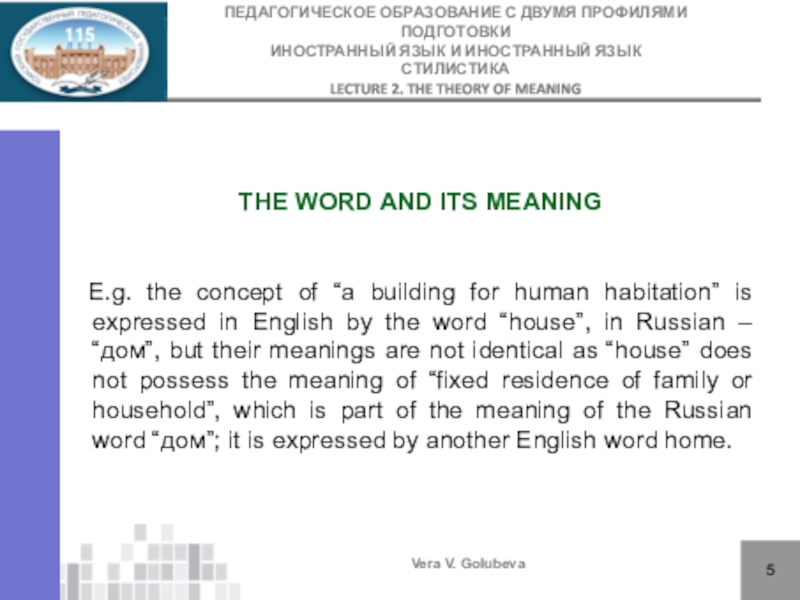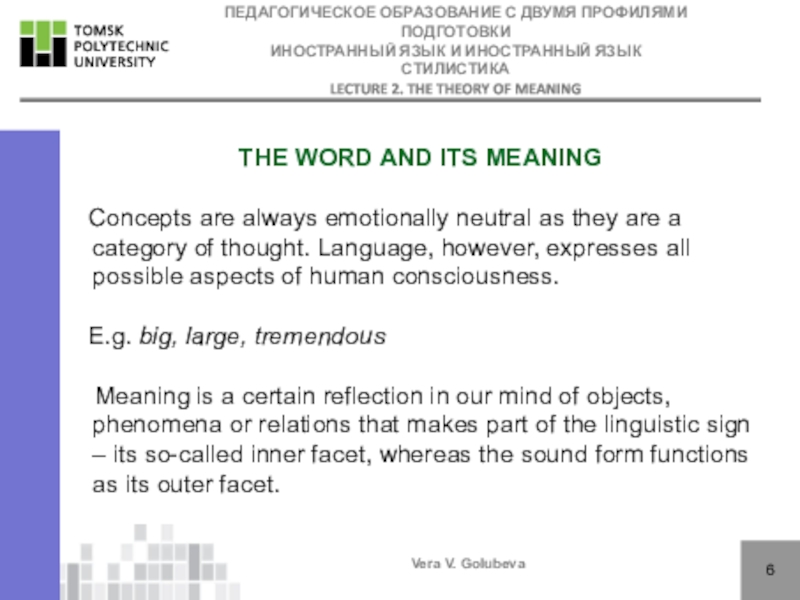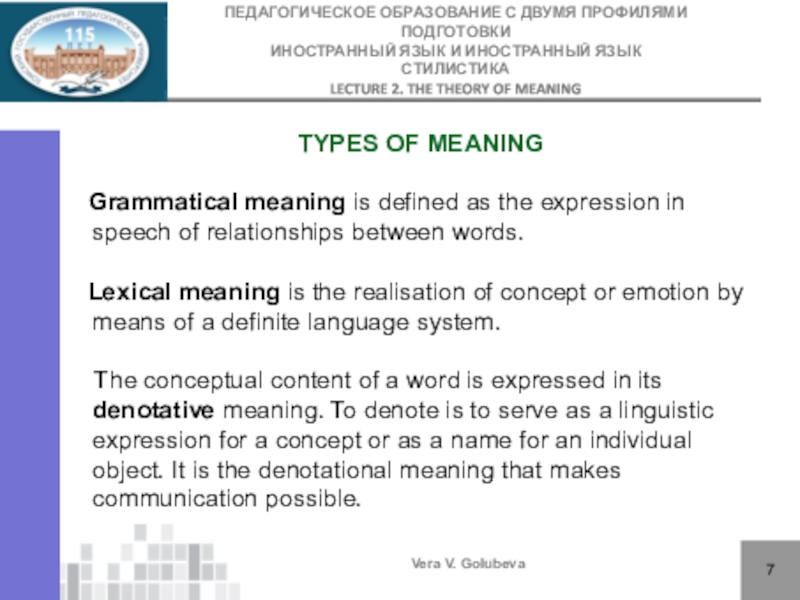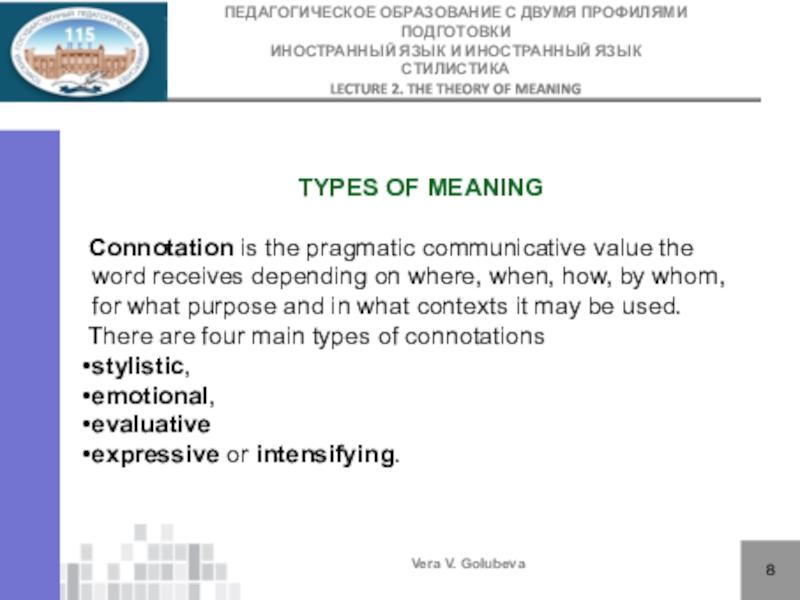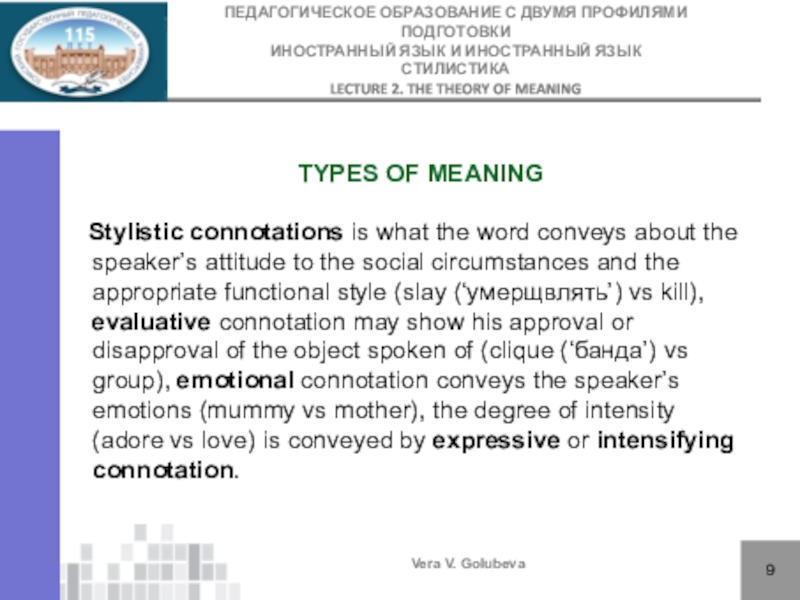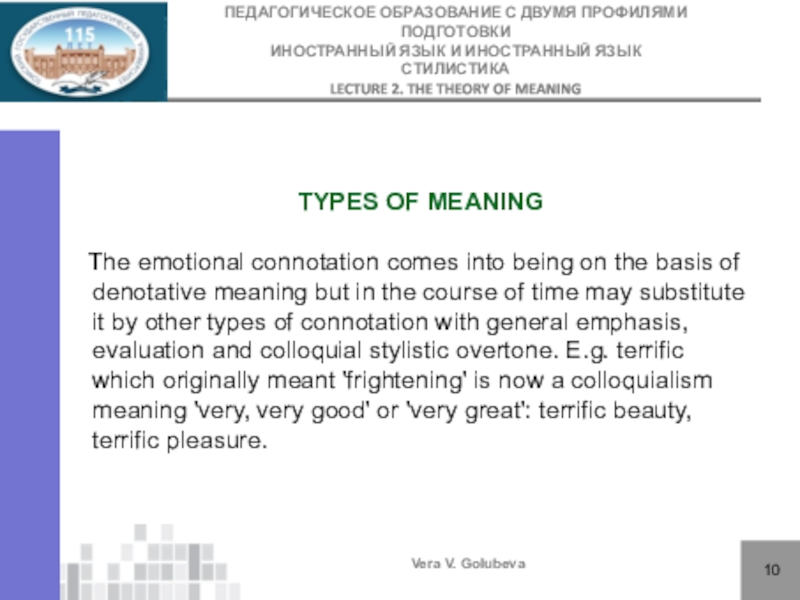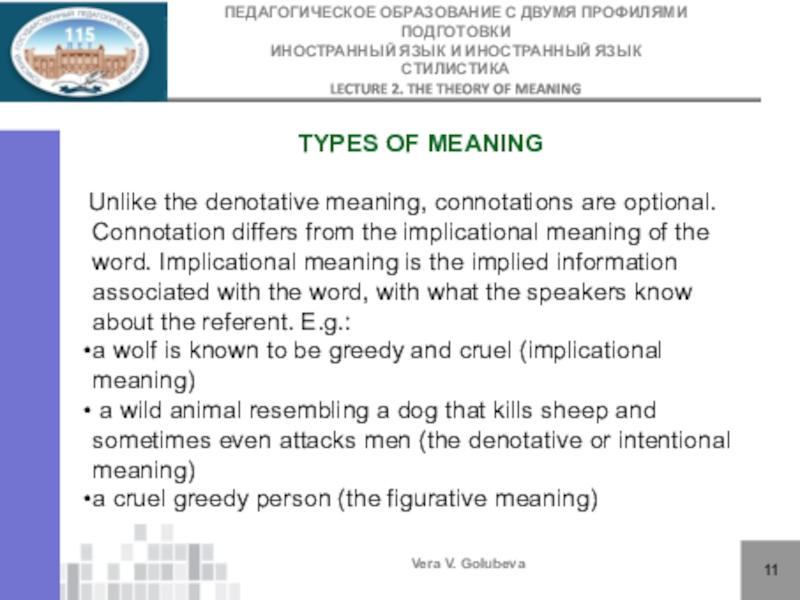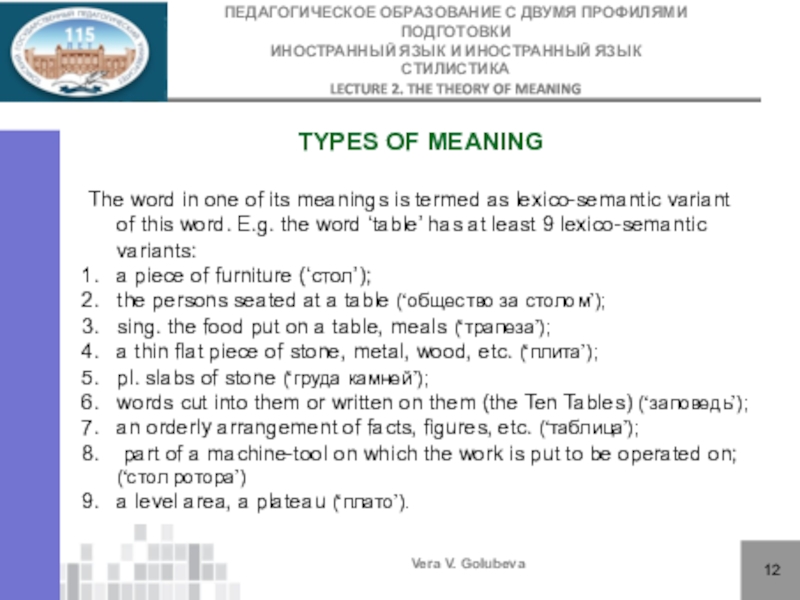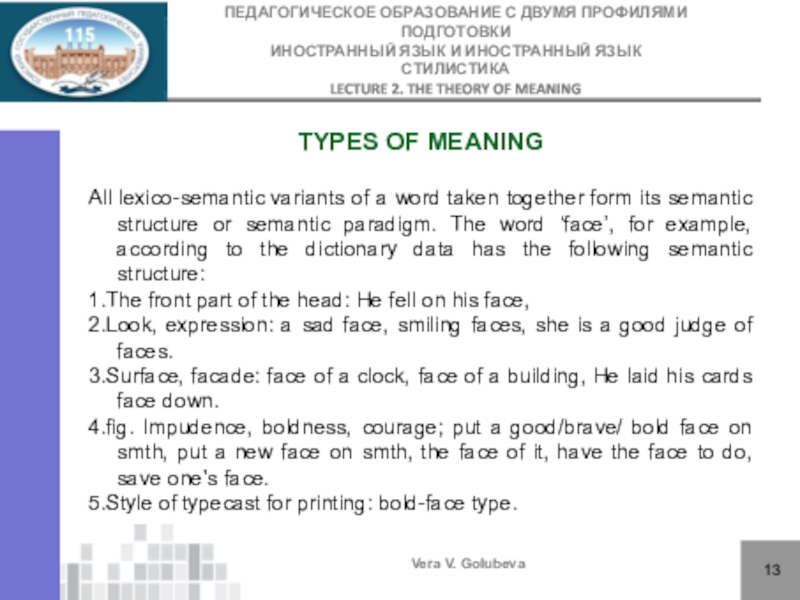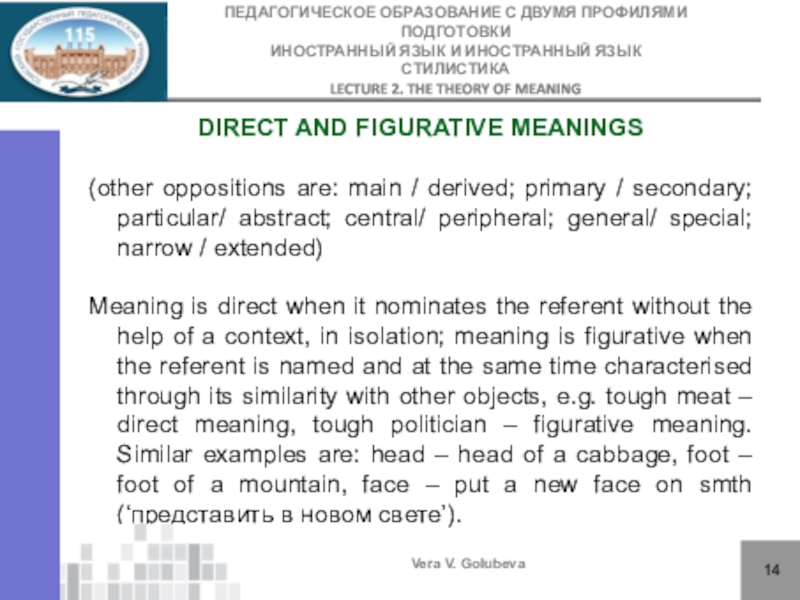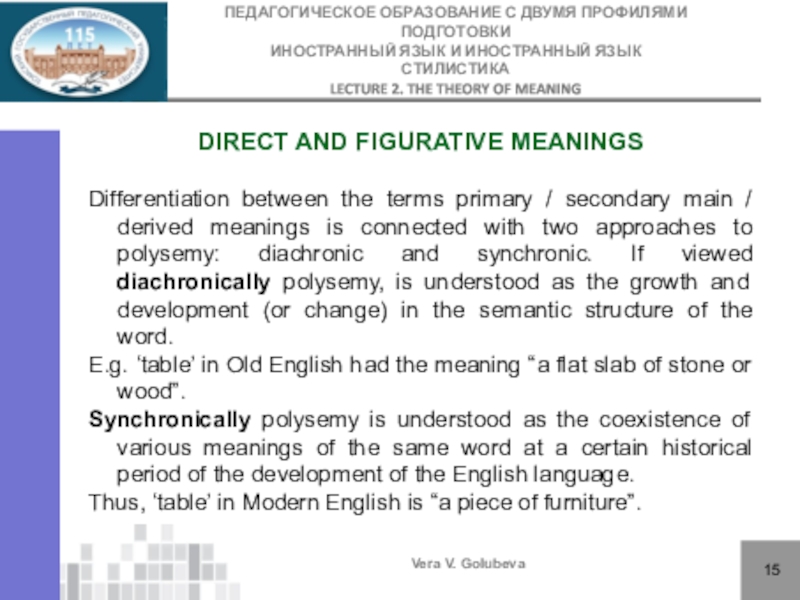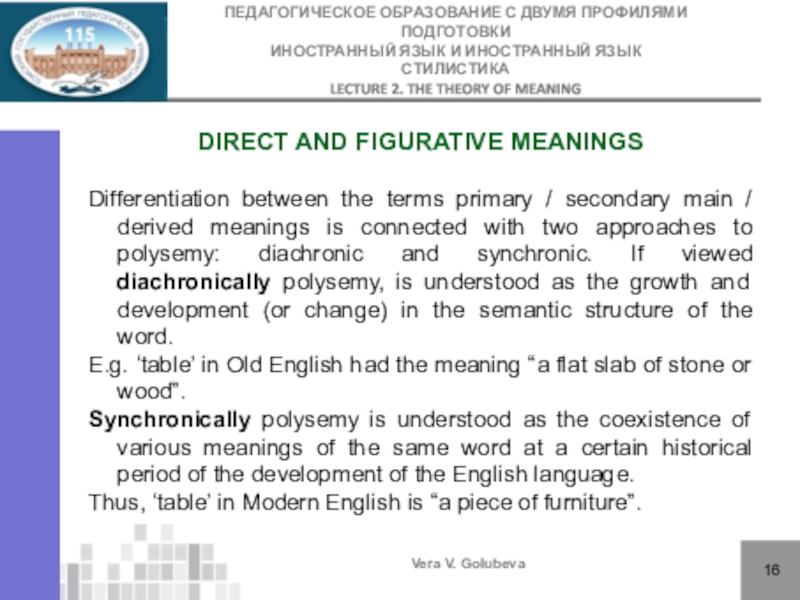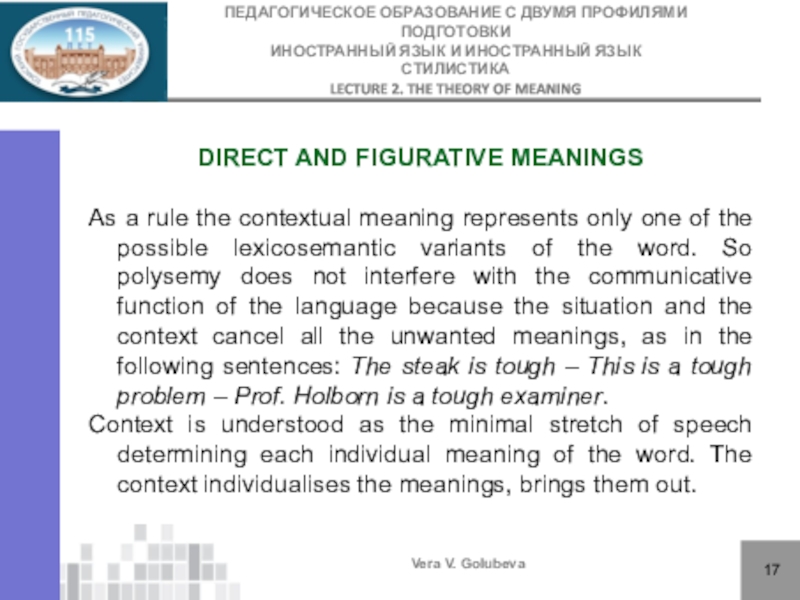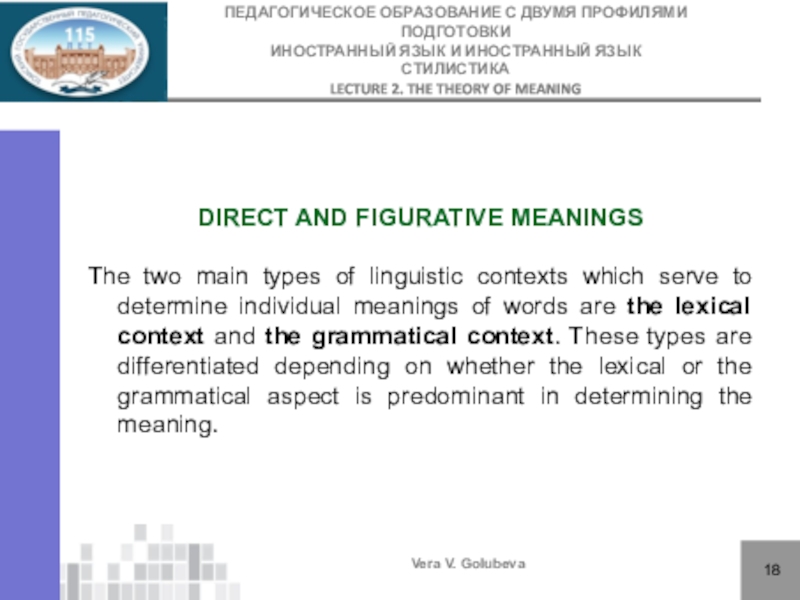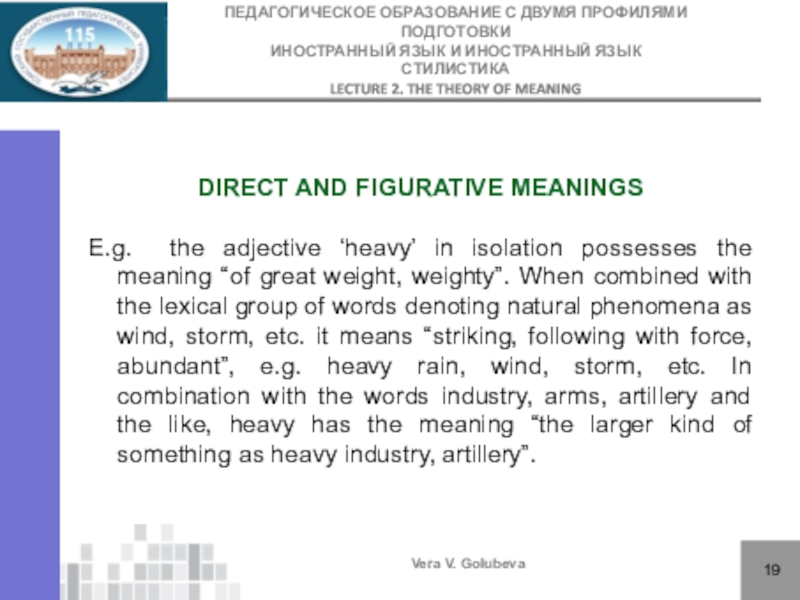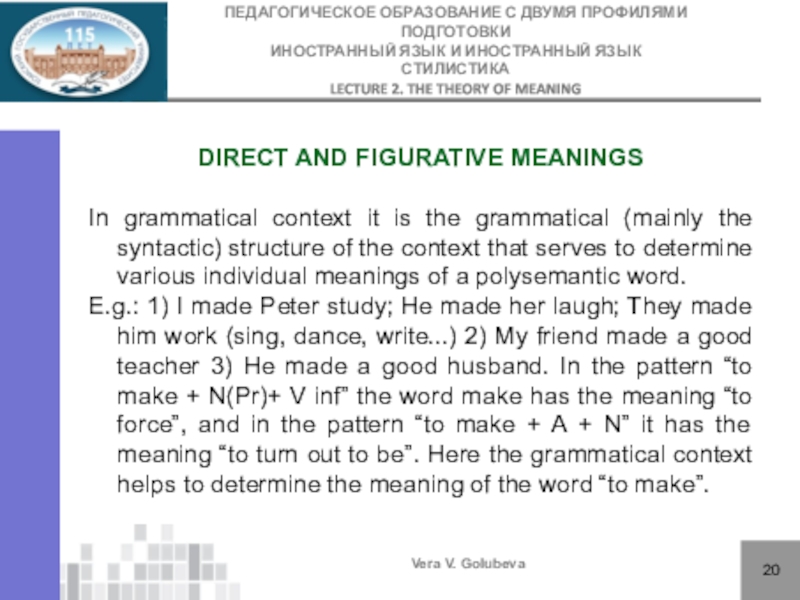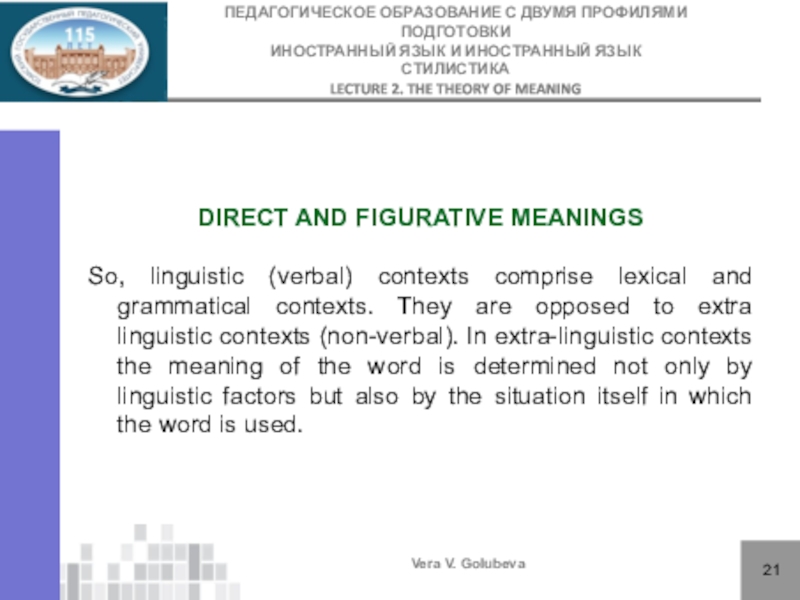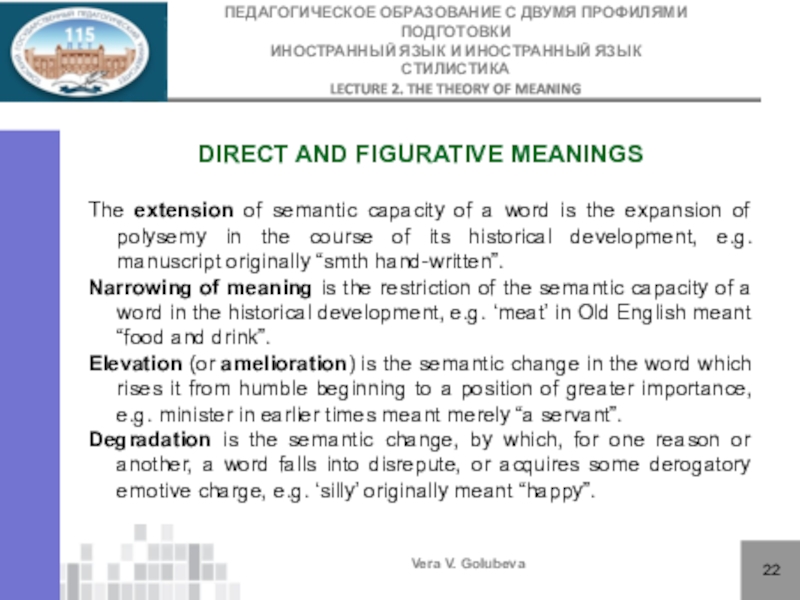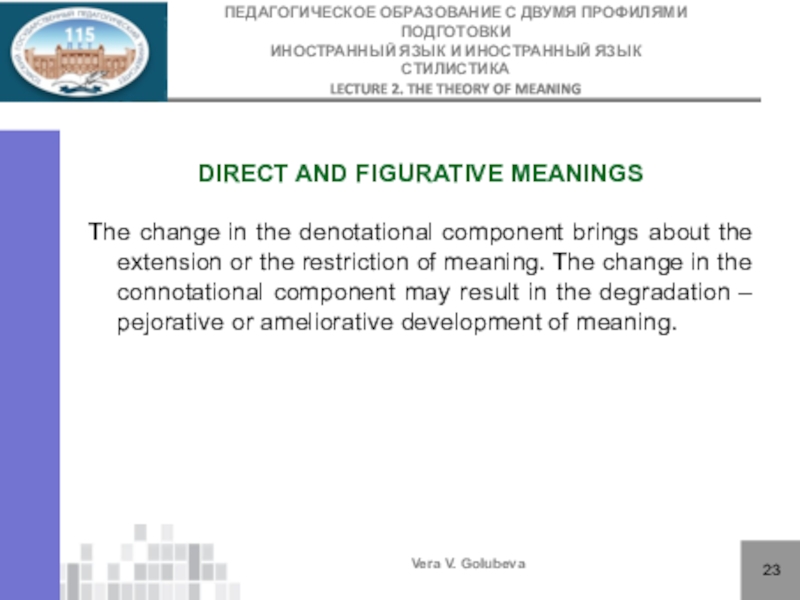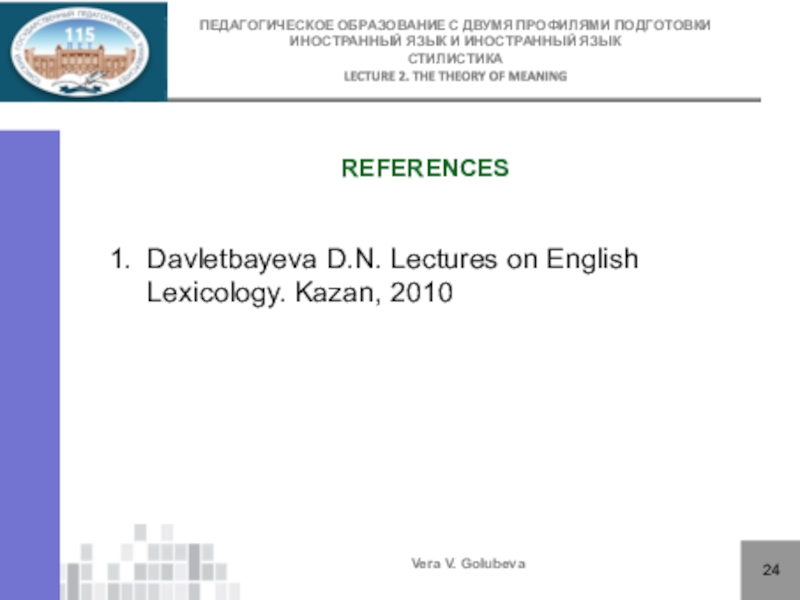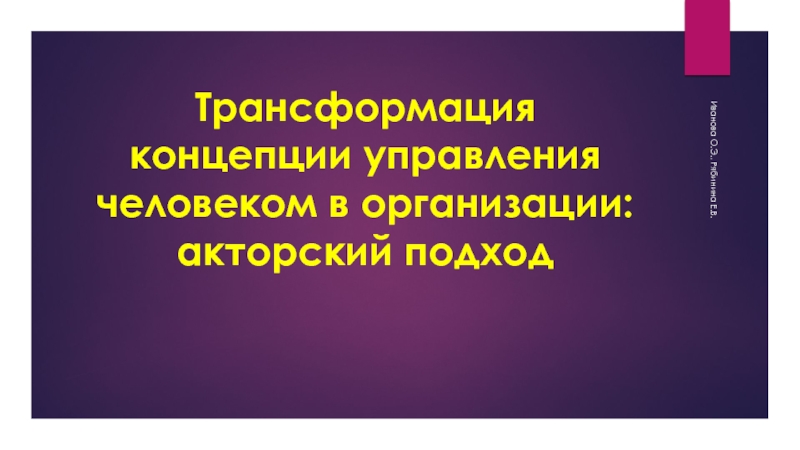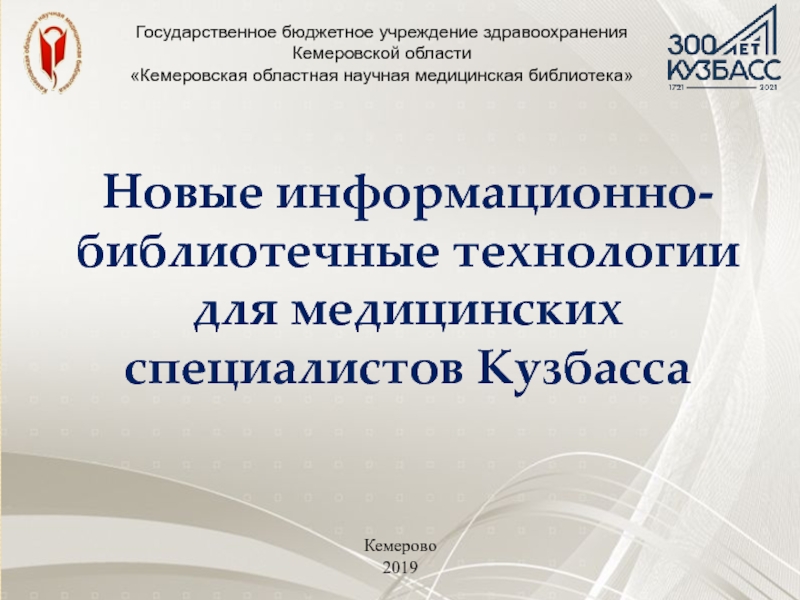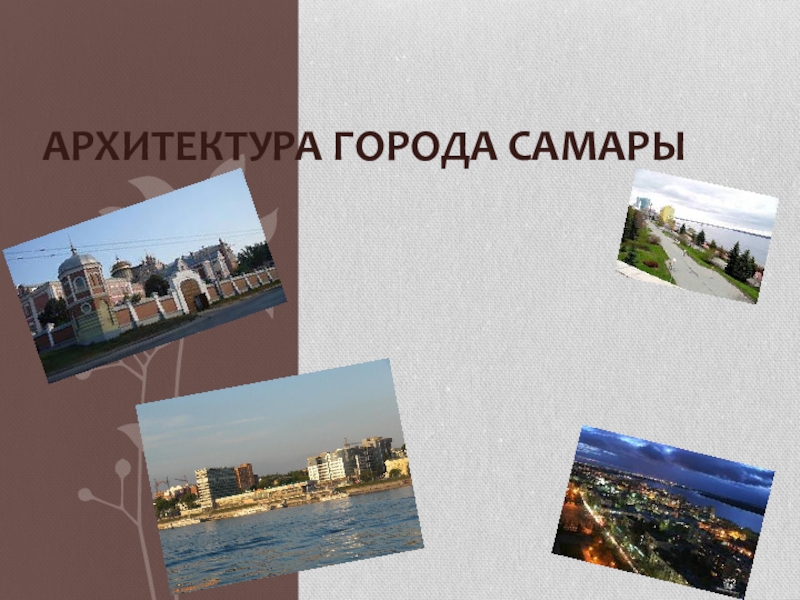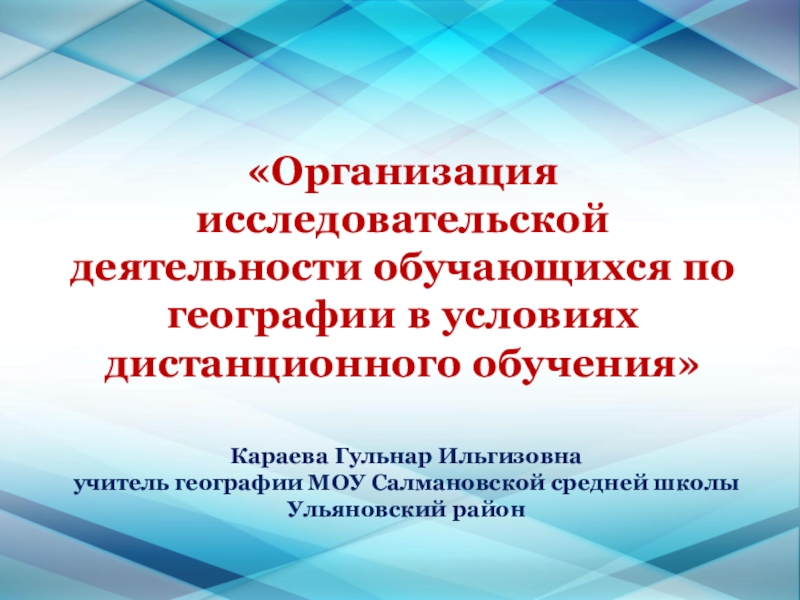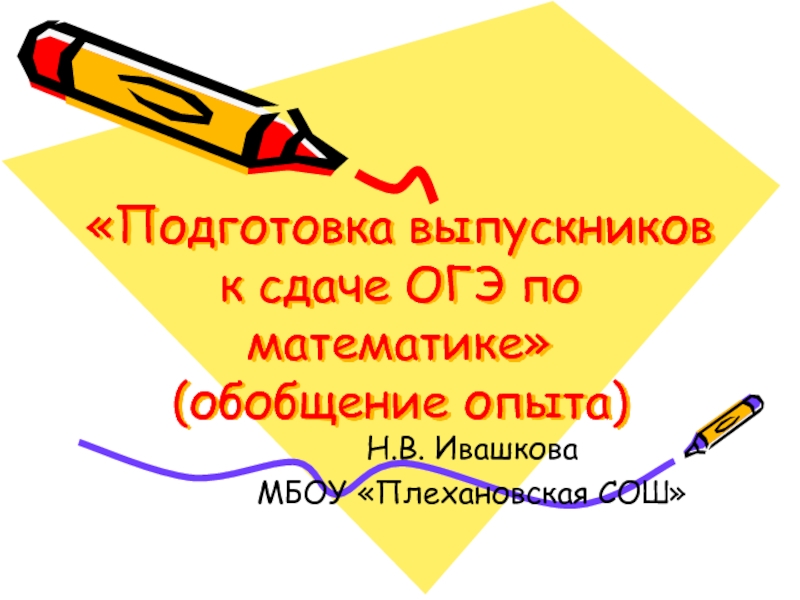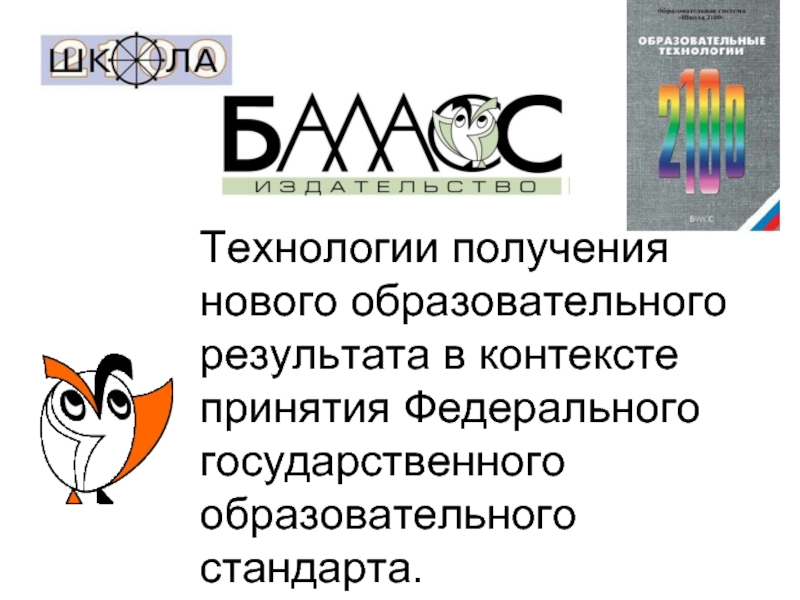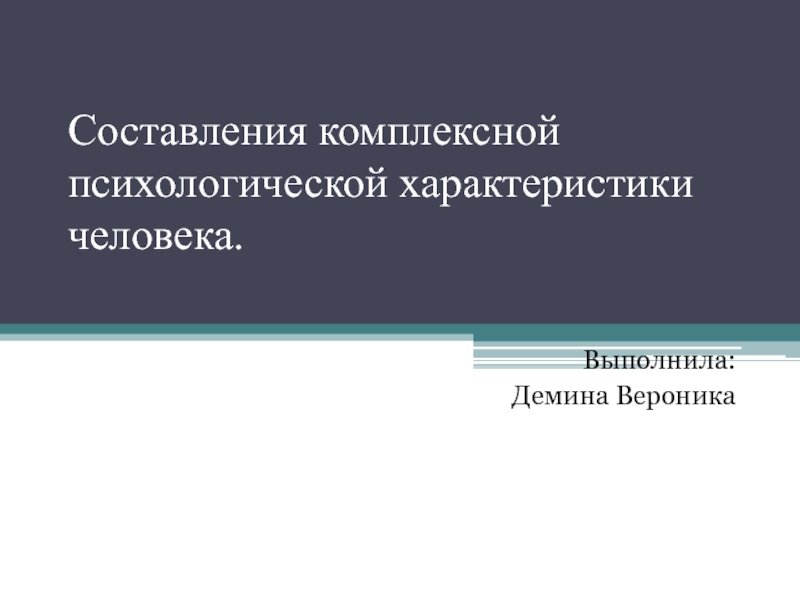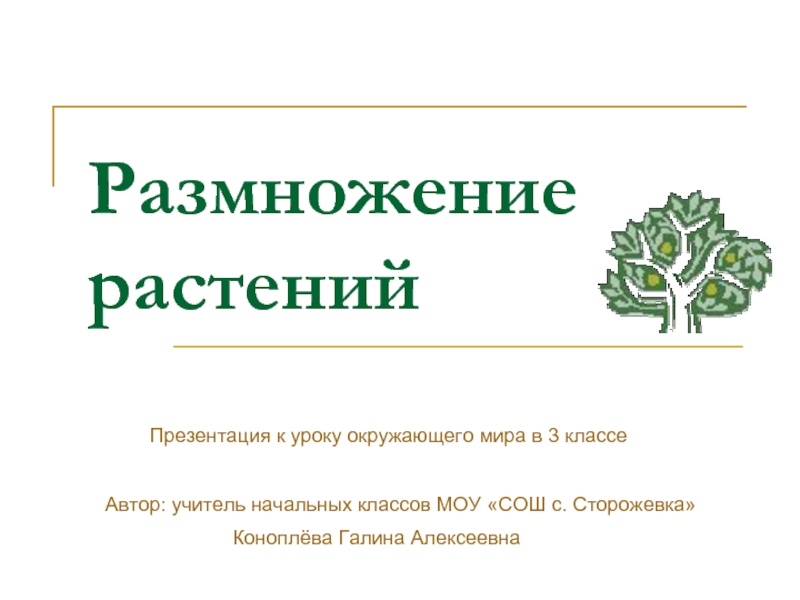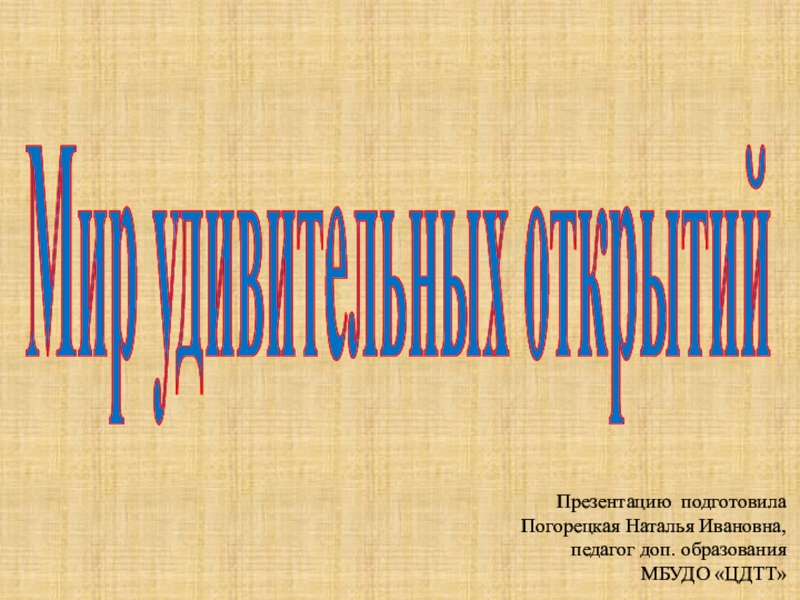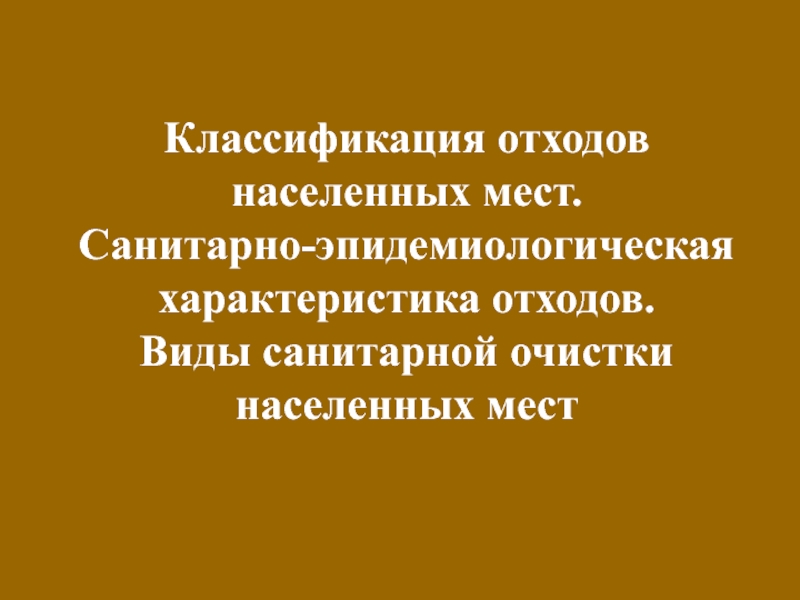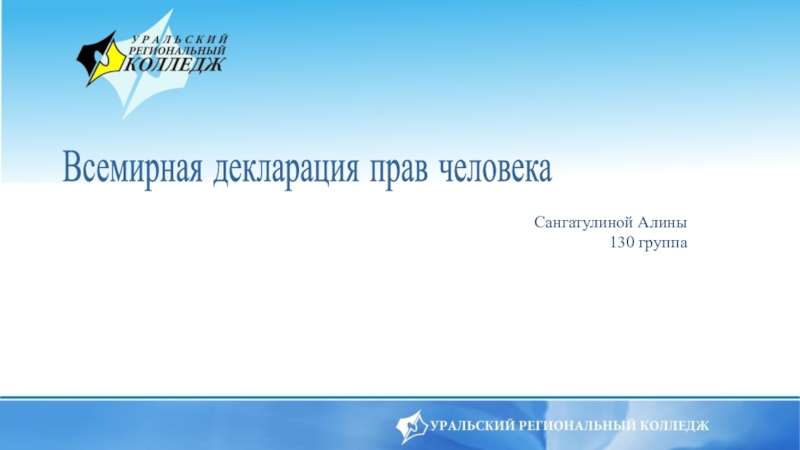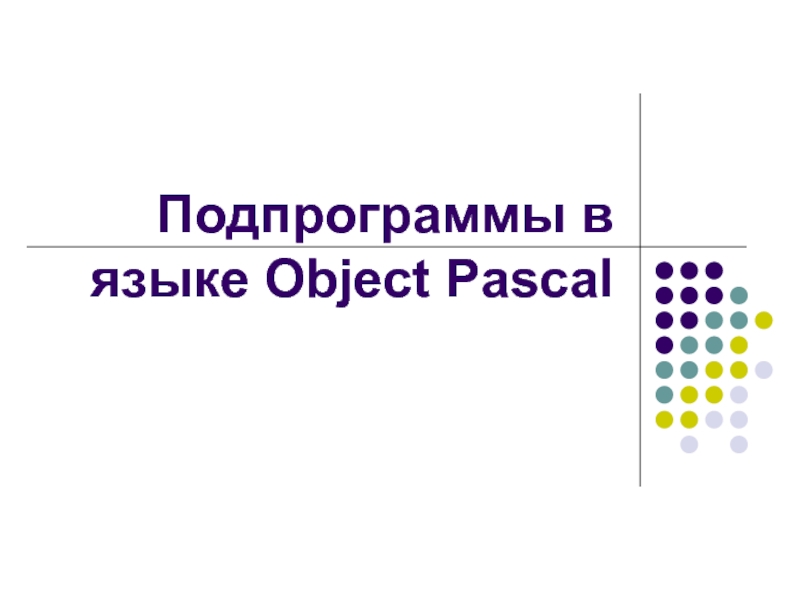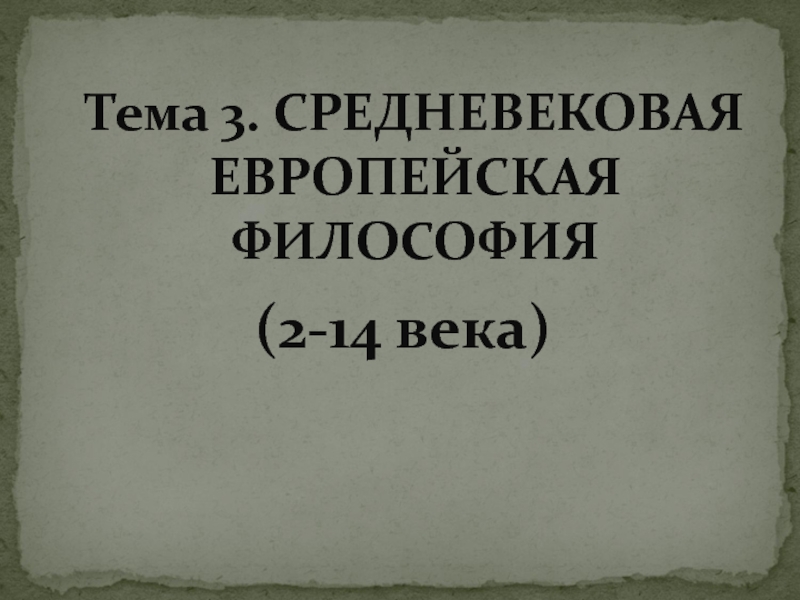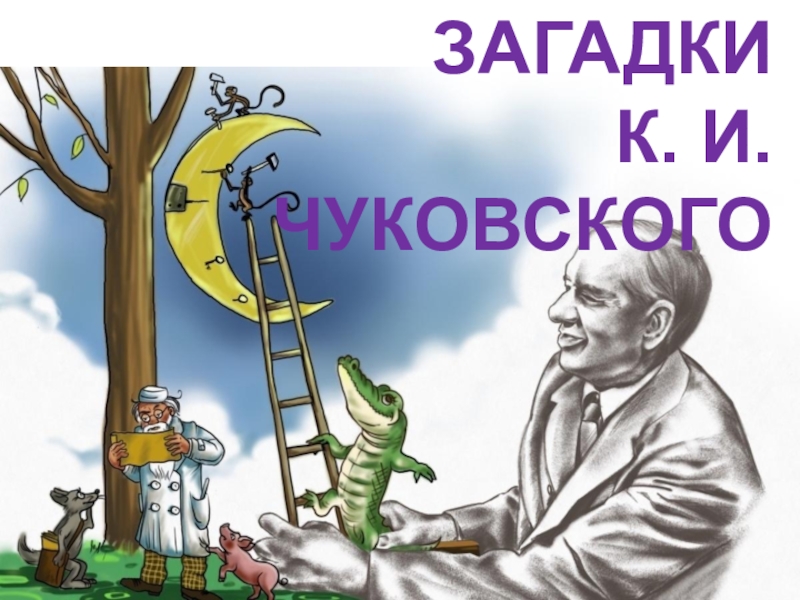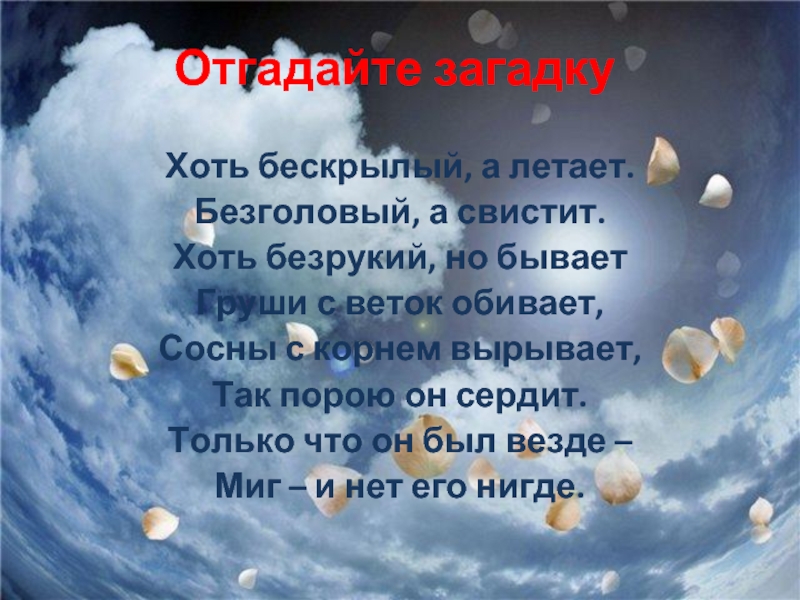Слайд 104.10.2018
Vera V. Golubeva
ПРОГРАММА ПРОФЕССИОНАЛЬНОЙ ПОДГОТОВКИ «ПЕРЕВОДЧИК В СФЕРЕ ПРОФЕССИОНАЛЬНОЙ КОММУНИКАЦИИ»
СТИЛИСТИК
LECTURE
3. THE THEORY OF MEANING
ПЕДАГОГИЧЕСКОЕ ОБРАЗОВАНИЕ С ДВУМЯ ПРОФИЛЯМИ ПОДГОТОВКИ
ИНОСТРАННЫЙ
ЯЗЫК И ИНОСТРАННЫЙ ЯЗЫК
СТИЛИСТИКА
LECTURE 2. THE THEORY OF MEANING
Слайд 2ПЕДАГОГИЧЕСКОЕ ОБРАЗОВАНИЕ С ДВУМЯ ПРОФИЛЯМИ ПОДГОТОВКИ
ИНОСТРАННЫЙ ЯЗЫК И ИНОСТРАННЫЙ ЯЗЫК
СТИЛИСТИКА
LECTURE
2. THE THEORY OF MEANING
2
Vera V. Golubeva
PLAN
THE WORD AND
ITS MEANING
TYPES OF MEANING
3. DIRECT AND FIGURATIVE MEANINGS
Слайд 3ПЕДАГОГИЧЕСКОЕ ОБРАЗОВАНИЕ С ДВУМЯ ПРОФИЛЯМИ ПОДГОТОВКИ
ИНОСТРАННЫЙ ЯЗЫК И ИНОСТРАННЫЙ ЯЗЫК
СТИЛИСТИКА
LECTURE
2. THE THEORY OF MEANING
3
Vera V. Golubeva
THE WORD AND
ITS MEANING
The word is a linguistic unit of major significance. A word names, qualifies and evaluates the micro- and macrocosm of the surrounding world. It expresses the concept of a thing, process, phenomenon. Doing so, it names (denotes) them. This is the most essential feature of a word.
Слайд 4ПЕДАГОГИЧЕСКОЕ ОБРАЗОВАНИЕ С ДВУМЯ ПРОФИЛЯМИ ПОДГОТОВКИ
ИНОСТРАННЫЙ ЯЗЫК И ИНОСТРАННЫЙ ЯЗЫК
СТИЛИСТИКА
LECTURE
2. THE THEORY OF MEANING
4
Vera V. Golubeva
THE WORD AND
ITS MEANING
Concept is the thought of the object that singles out the most typical, the most essential features of the object. So all concepts are almost the same for the whole of humanity in one and the same period of its historical development. The meanings of words, however, are different in different languages.
Слайд 5ПЕДАГОГИЧЕСКОЕ ОБРАЗОВАНИЕ С ДВУМЯ ПРОФИЛЯМИ ПОДГОТОВКИ
ИНОСТРАННЫЙ ЯЗЫК И ИНОСТРАННЫЙ ЯЗЫК
СТИЛИСТИКА
LECTURE
2. THE THEORY OF MEANING
5
Vera V. Golubeva
THE WORD AND
ITS MEANING
E.g. the concept of “a building for human habitation” is expressed in English by the word “house”, in Russian – “дом”, but their meanings are not identical as “house” does not possess the meaning of “fixed residence of family or household”, which is part of the meaning of the Russian word “дом”; it is expressed by another English word home.
Слайд 6ПЕДАГОГИЧЕСКОЕ ОБРАЗОВАНИЕ С ДВУМЯ ПРОФИЛЯМИ ПОДГОТОВКИ
ИНОСТРАННЫЙ ЯЗЫК И ИНОСТРАННЫЙ ЯЗЫК
СТИЛИСТИКА
LECTURE
2. THE THEORY OF MEANING
6
Vera V. Golubeva
THE WORD AND
ITS MEANING
Concepts are always emotionally neutral as they are a category of thought. Language, however, expresses all possible aspects of human consciousness.
E.g. big, large, tremendous
Meaning is a certain reflection in our mind of objects, phenomena or relations that makes part of the linguistic sign – its so-called inner facet, whereas the sound form functions as its outer facet.
Слайд 7ПЕДАГОГИЧЕСКОЕ ОБРАЗОВАНИЕ С ДВУМЯ ПРОФИЛЯМИ ПОДГОТОВКИ
ИНОСТРАННЫЙ ЯЗЫК И ИНОСТРАННЫЙ ЯЗЫК
СТИЛИСТИКА
LECTURE
2. THE THEORY OF MEANING
7
Vera V. Golubeva
TYPES OF MEANING
Grammatical
meaning is defined as the expression in speech of relationships between words.
Lexical meaning is the realisation of concept or emotion by means of a definite language system.
The conceptual content of a word is expressed in its denotative meaning. To denote is to serve as a linguistic expression for a concept or as a name for an individual object. It is the denotational meaning that makes communication possible.
Слайд 8ПЕДАГОГИЧЕСКОЕ ОБРАЗОВАНИЕ С ДВУМЯ ПРОФИЛЯМИ ПОДГОТОВКИ
ИНОСТРАННЫЙ ЯЗЫК И ИНОСТРАННЫЙ ЯЗЫК
СТИЛИСТИКА
LECTURE
2. THE THEORY OF MEANING
8
Vera V. Golubeva
TYPES OF MEANING
Connotation
is the pragmatic communicative value the word receives depending on where, when, how, by whom, for what purpose and in what contexts it may be used.
There are four main types of connotations
stylistic,
emotional,
evaluative
expressive or intensifying.
Слайд 9ПЕДАГОГИЧЕСКОЕ ОБРАЗОВАНИЕ С ДВУМЯ ПРОФИЛЯМИ ПОДГОТОВКИ
ИНОСТРАННЫЙ ЯЗЫК И ИНОСТРАННЫЙ ЯЗЫК
СТИЛИСТИКА
LECTURE
2. THE THEORY OF MEANING
9
Vera V. Golubeva
TYPES OF MEANING
Stylistic
connotations is what the word conveys about the speaker’s attitude to the social circumstances and the appropriate functional style (slay (‘умерщвлять’) vs kill), evaluative connotation may show his approval or disapproval of the object spoken of (clique (‘банда’) vs group), emotional connotation conveys the speaker’s emotions (mummy vs mother), the degree of intensity (adore vs love) is conveyed by expressive or intensifying connotation.
Слайд 10ПЕДАГОГИЧЕСКОЕ ОБРАЗОВАНИЕ С ДВУМЯ ПРОФИЛЯМИ ПОДГОТОВКИ
ИНОСТРАННЫЙ ЯЗЫК И ИНОСТРАННЫЙ ЯЗЫК
СТИЛИСТИКА
LECTURE
2. THE THEORY OF MEANING
10
Vera V. Golubeva
TYPES OF MEANING
The
emotional connotation comes into being on the basis of denotative meaning but in the course of time may substitute it by other types of connotation with general emphasis, evaluation and colloquial stylistic overtone. E.g. terrific which originally meant 'frightening' is now a colloquialism meaning 'very, very good' or 'very great': terrific beauty, terrific pleasure.
Слайд 11ПЕДАГОГИЧЕСКОЕ ОБРАЗОВАНИЕ С ДВУМЯ ПРОФИЛЯМИ ПОДГОТОВКИ
ИНОСТРАННЫЙ ЯЗЫК И ИНОСТРАННЫЙ ЯЗЫК
СТИЛИСТИКА
LECTURE
2. THE THEORY OF MEANING
11
Vera V. Golubeva
TYPES OF MEANING
Unlike
the denotative meaning, connotations are optional. Connotation differs from the implicational meaning of the word. Implicational meaning is the implied information associated with the word, with what the speakers know about the referent. E.g.:
a wolf is known to be greedy and cruel (implicational meaning)
a wild animal resembling a dog that kills sheep and sometimes even attacks men (the denotative or intentional meaning)
a cruel greedy person (the figurative meaning)
Слайд 12ПЕДАГОГИЧЕСКОЕ ОБРАЗОВАНИЕ С ДВУМЯ ПРОФИЛЯМИ ПОДГОТОВКИ
ИНОСТРАННЫЙ ЯЗЫК И ИНОСТРАННЫЙ ЯЗЫК
СТИЛИСТИКА
LECTURE
2. THE THEORY OF MEANING
12
Vera V. Golubeva
TYPES OF MEANING
The
word in one of its meanings is termed as lexico-semantic variant of this word. E.g. the word ‘table’ has at least 9 lexico-semantic variants:
a piece of furniture (‘стол’);
the persons seated at a table (‘общество за столом’);
sing. the food put on a table, meals (‘трапеза’);
a thin flat piece of stone, metal, wood, etc. (‘плита’);
pl. slabs of stone (‘груда камней’);
words cut into them or written on them (the Ten Tables) (‘заповедь’);
an orderly arrangement of facts, figures, etc. (‘таблица’);
part of a machine-tool on which the work is put to be operated on; (‘стол ротора’)
a level area, a plateau (‘плато’).
Слайд 13ПЕДАГОГИЧЕСКОЕ ОБРАЗОВАНИЕ С ДВУМЯ ПРОФИЛЯМИ ПОДГОТОВКИ
ИНОСТРАННЫЙ ЯЗЫК И ИНОСТРАННЫЙ ЯЗЫК
СТИЛИСТИКА
LECTURE
2. THE THEORY OF MEANING
13
Vera V. Golubeva
TYPES OF MEANING
All
lexico-semantic variants of a word taken together form its semantic structure or semantic paradigm. The word ‘face’, for example, according to the dictionary data has the following semantic structure:
1.The front part of the head: He fell on his face,
2.Look, expression: a sad face, smiling faces, she is a good judge of faces.
3.Surface, facade: face of a clock, face of a building, He laid his cards face down.
4.fig. Impudence, boldness, courage; put a good/brave/ bold face on smth, put a new face on smth, the face of it, have the face to do, save one's face.
5.Style of typecast for printing: bold-face type.
Слайд 14ПЕДАГОГИЧЕСКОЕ ОБРАЗОВАНИЕ С ДВУМЯ ПРОФИЛЯМИ ПОДГОТОВКИ
ИНОСТРАННЫЙ ЯЗЫК И ИНОСТРАННЫЙ ЯЗЫК
СТИЛИСТИКА
LECTURE
2. THE THEORY OF MEANING
14
Vera V. Golubeva
DIRECT AND FIGURATIVE
MEANINGS
(other oppositions are: main / derived; primary / secondary; particular/ abstract; central/ peripheral; general/ special; narrow / extended)
Meaning is direct when it nominates the referent without the help of a context, in isolation; meaning is figurative when the referent is named and at the same time characterised through its similarity with other objects, e.g. tough meat – direct meaning, tough politician – figurative meaning. Similar examples are: head – head of a cabbage, foot – foot of a mountain, face – put a new face on smth (‘представить в новом свете’).
Слайд 15ПЕДАГОГИЧЕСКОЕ ОБРАЗОВАНИЕ С ДВУМЯ ПРОФИЛЯМИ ПОДГОТОВКИ
ИНОСТРАННЫЙ ЯЗЫК И ИНОСТРАННЫЙ ЯЗЫК
СТИЛИСТИКА
LECTURE
2. THE THEORY OF MEANING
15
Vera V. Golubeva
DIRECT AND FIGURATIVE
MEANINGS
Differentiation between the terms primary / secondary main / derived meanings is connected with two approaches to polysemy: diachronic and synchronic. If viewed diachronically polysemy, is understood as the growth and development (or change) in the semantic structure of the word.
E.g. ‘table’ in Old English had the meaning “a flat slab of stone or wood”.
Synchronically polysemy is understood as the coexistence of various meanings of the same word at a certain historical period of the development of the English language.
Thus, ‘table’ in Modern English is “a piece of furniture”.
Слайд 16ПЕДАГОГИЧЕСКОЕ ОБРАЗОВАНИЕ С ДВУМЯ ПРОФИЛЯМИ ПОДГОТОВКИ
ИНОСТРАННЫЙ ЯЗЫК И ИНОСТРАННЫЙ ЯЗЫК
СТИЛИСТИКА
LECTURE
2. THE THEORY OF MEANING
16
Vera V. Golubeva
DIRECT AND FIGURATIVE
MEANINGS
Differentiation between the terms primary / secondary main / derived meanings is connected with two approaches to polysemy: diachronic and synchronic. If viewed diachronically polysemy, is understood as the growth and development (or change) in the semantic structure of the word.
E.g. ‘table’ in Old English had the meaning “a flat slab of stone or wood”.
Synchronically polysemy is understood as the coexistence of various meanings of the same word at a certain historical period of the development of the English language.
Thus, ‘table’ in Modern English is “a piece of furniture”.
Слайд 17ПЕДАГОГИЧЕСКОЕ ОБРАЗОВАНИЕ С ДВУМЯ ПРОФИЛЯМИ ПОДГОТОВКИ
ИНОСТРАННЫЙ ЯЗЫК И ИНОСТРАННЫЙ ЯЗЫК
СТИЛИСТИКА
LECTURE
2. THE THEORY OF MEANING
17
Vera V. Golubeva
DIRECT AND FIGURATIVE
MEANINGS
As a rule the contextual meaning represents only one of the possible lexicosemantic variants of the word. So polysemy does not interfere with the communicative function of the language because the situation and the context cancel all the unwanted meanings, as in the following sentences: The steak is tough – This is a tough problem – Prof. Holborn is a tough examiner.
Context is understood as the minimal stretch of speech determining each individual meaning of the word. The context individualises the meanings, brings them out.
Слайд 18ПЕДАГОГИЧЕСКОЕ ОБРАЗОВАНИЕ С ДВУМЯ ПРОФИЛЯМИ ПОДГОТОВКИ
ИНОСТРАННЫЙ ЯЗЫК И ИНОСТРАННЫЙ ЯЗЫК
СТИЛИСТИКА
LECTURE
2. THE THEORY OF MEANING
18
Vera V. Golubeva
DIRECT AND FIGURATIVE
MEANINGS
The two main types of linguistic contexts which serve to determine individual meanings of words are the lexical context and the grammatical context. These types are differentiated depending on whether the lexical or the grammatical aspect is predominant in determining the meaning.
Слайд 19ПЕДАГОГИЧЕСКОЕ ОБРАЗОВАНИЕ С ДВУМЯ ПРОФИЛЯМИ ПОДГОТОВКИ
ИНОСТРАННЫЙ ЯЗЫК И ИНОСТРАННЫЙ ЯЗЫК
СТИЛИСТИКА
LECTURE
2. THE THEORY OF MEANING
19
Vera V. Golubeva
DIRECT AND FIGURATIVE
MEANINGS
E.g. the adjective ‘heavy’ in isolation possesses the meaning “of great weight, weighty”. When combined with the lexical group of words denoting natural phenomena as wind, storm, etc. it means “striking, following with force, abundant”, e.g. heavy rain, wind, storm, etc. In combination with the words industry, arms, artillery and the like, heavy has the meaning “the larger kind of something as heavy industry, artillery”.
Слайд 20ПЕДАГОГИЧЕСКОЕ ОБРАЗОВАНИЕ С ДВУМЯ ПРОФИЛЯМИ ПОДГОТОВКИ
ИНОСТРАННЫЙ ЯЗЫК И ИНОСТРАННЫЙ ЯЗЫК
СТИЛИСТИКА
LECTURE
2. THE THEORY OF MEANING
20
Vera V. Golubeva
DIRECT AND FIGURATIVE
MEANINGS
In grammatical context it is the grammatical (mainly the syntactic) structure of the context that serves to determine various individual meanings of a polysemantic word.
E.g.: 1) I made Peter study; He made her laugh; They made him work (sing, dance, write...) 2) My friend made a good teacher 3) He made a good husband. In the pattern “to make + N(Pr)+ V inf” the word make has the meaning “to force”, and in the pattern “to make + A + N” it has the meaning “to turn out to be”. Here the grammatical context helps to determine the meaning of the word “to make”.
Слайд 21ПЕДАГОГИЧЕСКОЕ ОБРАЗОВАНИЕ С ДВУМЯ ПРОФИЛЯМИ ПОДГОТОВКИ
ИНОСТРАННЫЙ ЯЗЫК И ИНОСТРАННЫЙ ЯЗЫК
СТИЛИСТИКА
LECTURE
2. THE THEORY OF MEANING
21
Vera V. Golubeva
DIRECT AND FIGURATIVE
MEANINGS
So, linguistic (verbal) contexts comprise lexical and grammatical contexts. They are opposed to extra linguistic contexts (non-verbal). In extra-linguistic contexts the meaning of the word is determined not only by linguistic factors but also by the situation itself in which the word is used.
Слайд 22ПЕДАГОГИЧЕСКОЕ ОБРАЗОВАНИЕ С ДВУМЯ ПРОФИЛЯМИ ПОДГОТОВКИ
ИНОСТРАННЫЙ ЯЗЫК И ИНОСТРАННЫЙ ЯЗЫК
СТИЛИСТИКА
LECTURE
2. THE THEORY OF MEANING
22
Vera V. Golubeva
DIRECT AND FIGURATIVE
MEANINGS
The extension of semantic capacity of a word is the expansion of polysemy in the course of its historical development, e.g. manuscript originally “smth hand-written”.
Narrowing of meaning is the restriction of the semantic capacity of a word in the historical development, e.g. ‘meat’ in Old English meant “food and drink”.
Elevation (or amelioration) is the semantic change in the word which rises it from humble beginning to a position of greater importance, e.g. minister in earlier times meant merely “a servant”.
Degradation is the semantic change, by which, for one reason or another, a word falls into disrepute, or acquires some derogatory emotive charge, e.g. ‘silly’ originally meant “happy”.
Слайд 23ПЕДАГОГИЧЕСКОЕ ОБРАЗОВАНИЕ С ДВУМЯ ПРОФИЛЯМИ ПОДГОТОВКИ
ИНОСТРАННЫЙ ЯЗЫК И ИНОСТРАННЫЙ ЯЗЫК
СТИЛИСТИКА
LECTURE
2. THE THEORY OF MEANING
23
Vera V. Golubeva
DIRECT AND FIGURATIVE
MEANINGS
The change in the denotational component brings about the extension or the restriction of meaning. The change in the connotational component may result in the degradation – pejorative or ameliorative development of meaning.
Слайд 24ПЕДАГОГИЧЕСКОЕ ОБРАЗОВАНИЕ С ДВУМЯ ПРОФИЛЯМИ ПОДГОТОВКИ
ИНОСТРАННЫЙ ЯЗЫК И ИНОСТРАННЫЙ ЯЗЫК
СТИЛИСТИКА
LECTURE
2. THE THEORY OF MEANING
24
Vera V. Golubeva
REFERENCES
Davletbayeva D.N. Lectures
on English Lexicology. Kazan, 2010
